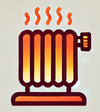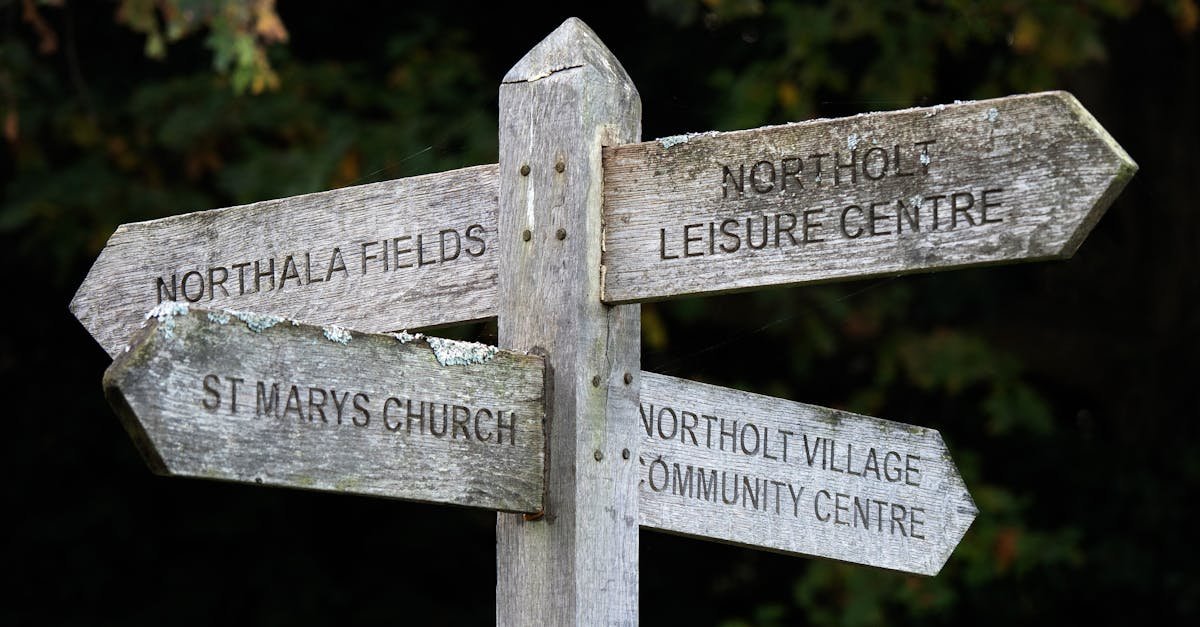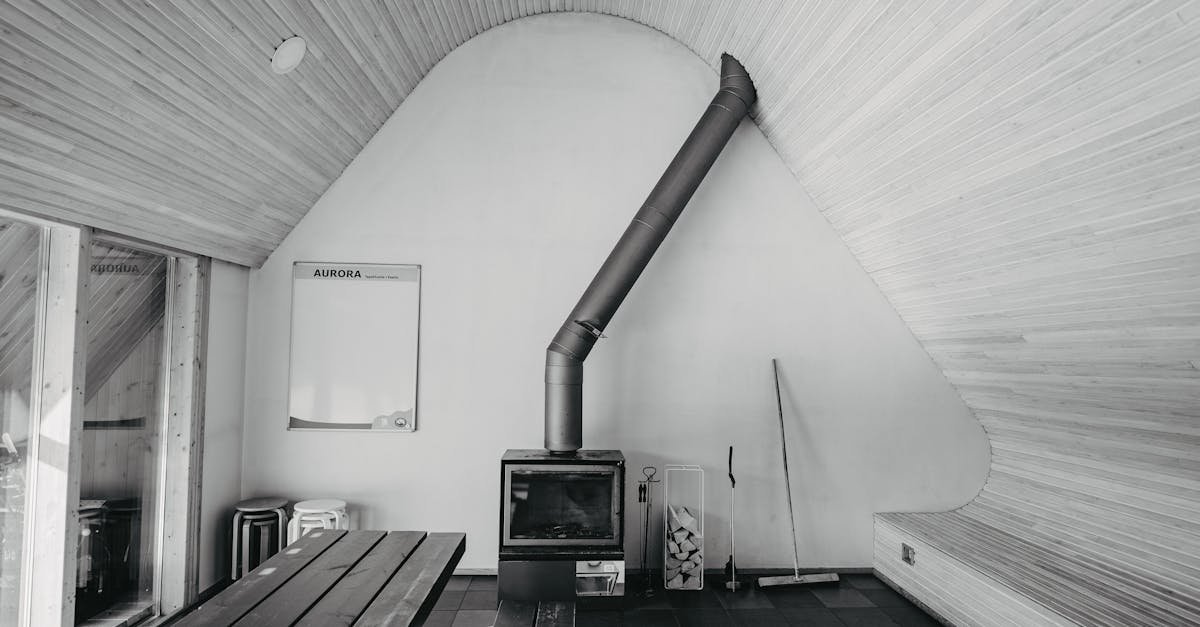When choosing a portable heater, understanding BTU (British Thermal Units) is crucial. A higher BTU rating means more heat output, making it ideal for larger spaces. For cozy rooms, heaters with lower BTU ratings can efficiently maintain warmth without wasting energy.
Overview of Portable Heaters
Understanding the types of portable heaters helps you choose the right one for your needs. Different models come with various features and benefits.
Electric Space Heaters
Electric space heaters include convection, infrared, and panel heaters.
- Convection Heaters: Convection heaters use a fan to circulate warm air. They heat spaces efficiently, making them great for larger rooms. Noise can be a downside since the fan creates sound while operating.
- Infrared Heaters: Infrared heaters focus on direct heat. They warm objects or people quickly rather than the air. This type is effective for smaller areas or personal warmth.
- Panel Heaters: Panel heaters combine features of convection and infrared heaters. They start heating quickly and distribute warmth evenly throughout the space.
Radiator Space Heaters
Radiator space heaters use sealed oil to generate warmth. Their slim design makes them portable and easy to move around. They maintain heat for long periods, providing comfort without using excessive energy.
Familiarity with these types makes it easier to compare BTU ratings and select the most suitable option for your environment.
Understanding BTU Ratings
BTU ratings are key when choosing a portable heater. They measure heat output and help you understand what fits your space.
What is a BTU?
A British Thermal Unit (BTU) measures thermal energy. It represents the amount of heat a heater can produce in one hour. For example, a heater with a 10,000 BTU rating can heat your space significantly over 60 minutes. Knowing this helps you gauge how warm a heater will get your room.
Importance of BTU in Heating
BTU ratings play a crucial role in selecting heaters.
- Measurement and Comparison: You can compare various heaters easily. Higher BTU ratings mean more heat output, suitable for larger rooms. Lower ratings work better for smaller spaces, ensuring efficiency.
- Conversion from Watts to BTUs: For electric heaters, there’s a direct conversion. One watt roughly equals 3.41 BTUs. To find the BTU output, multiply the wattage by 3.41.
- Room Size and BTU Requirements: The right BTU depends on room size and other factors. For example, a 150 square foot room might need 5,000 to 7,000 BTUs based on insulation and window size. If you want to heat a larger space, you’ll require a higher BTU rating to maintain comfort effectively.
Types of Portable Heaters
Understanding the different types of portable heaters helps you make an informed choice. Each type has unique features suited for various heating needs.
Electric Heaters
Electric heaters convert electrical energy into heat. Their performance typically measures in watts, which you can easily convert to BTUs. Remember, 1 watt equals approximately 3.41 BTUs. They come in several forms:
- Convection Heaters: These heaters use a fan to circulate warm air. They heat spaces quickly and are efficient for medium to large rooms. Noise can be a downside due to the fan, but their effectiveness is notable.
- Infrared Heaters: Infrared heaters emit heat directly onto objects and people. They warm up quickly, making them perfect for personal spaces or small areas. These heaters don’t heat the air as effectively as convection heaters, but they’re great for focused warmth.
Gas Heaters
Gas heaters offer an alternative to electric models. They use propane or natural gas to produce heat. Key points include:
- Higher BTUs: Gas heaters generally provide higher BTU outputs. They can efficiently heat larger spaces in less time, making them ideal for open areas.
- Portability: Many gas heaters are designed for portability, allowing you to move them easily. But, ensure proper ventilation when using gas heaters indoors.
Infrared Heaters
Infrared heaters focus on direct warmth. They use infrared radiation to heat objects and people rather than air. Highlights include:
- Fast Heating: Infrared heaters warm up immediately. You experience comfort as soon as they turn on, making them perfect for quick heating needs.
- Energy Efficiency: They require less energy to operate effectively. Because they heat spaces directly, you avoid unnecessary energy loss.
Each type of heater has advantages and applications. Choosing the right one depends on your specific needs, the space to be heated, and your energy preferences.
Portable Heater BTU Comparison
Understanding the BTU ratings of portable heaters helps you select the right model for your space. Various heaters provide different heating capacities based on their BTU ratings.
Analyzing Heating Capacity
When you analyze heating capacity, consider the BTU output and the area you want to heat. For effective heating, aim for 45 BTUs per square foot. Here’s a breakdown of some popular models:
| Heater Model | BTU Output | Heating Area (sq. ft.) |
|---|---|---|
| Mr. Heater Big Buddy | 18,000 BTUs | Up to 450 |
| Heat Hog (9000 BTU Model) | 9,000 BTUs | Up to 225 |
| DeWalt 68,000 BTU Forced Air | 68,000 BTUs | Large areas |
Mr. Heater Big Buddy warms larger spaces, making it ideal for gatherings. Heat Hog’s 9,000 BTU model is suitable for smaller areas like a bedroom. The DeWalt model shines in extensive spaces like a barn, providing quick warmth.
Efficiency of Different Models
Efficiency varies among heater types based on their design and energy source. Electric heaters, such as convection and infrared models, convert energy efficiently. But, they can be slower at heating larger rooms.
Gas heaters, with higher BTU outputs, offer rapid heating for larger spaces. They consume propane or natural gas, making them powerful but requiring ventilation for safety.
Compare efficiency ratings alongside BTU outputs to find the best match for your heating needs. Prioritize models that provide the right balance of heat output and energy consumption.
Factors to Consider When Choosing a Portable Heater
Selecting the right portable heater involves several key factors. Each element plays a vital role in ensuring effective heating for your space.
Room Size and Insulation
Room size directly impacts your heater choice. Measure your room in square feet. A room of 150 square feet needs about 5,000 to 7,000 BTUs for comfort. Insulation also matters. A well-insulated room retains heat better than one with poor insulation. If your space has large windows or drafts, you’ll require extra BTUs. Understanding these factors helps you choose a heater that warms efficiently without wasting energy.
Heater Features and Safety
Choosing a heater comes with features that enhance usability and safety. Look for options with adjustable thermostats. These allow you to control the temperature easily. Timers also add convenience, letting you set the heater to operate only when needed. Safety features are crucial. Heaters should have automatic shut-off mechanisms in case of tipping over. Ensure your heater has a certification for safety, like UL Listing. Prioritizing features like these ensures a safe and efficient heating experience.
Conclusion
Choosing the right portable heater involves more than just picking a model. Understanding BTU ratings is crucial for ensuring you get the right amount of heat for your space. Whether you need a compact infrared heater for a small room or a powerful gas heater for larger areas, the right BTU output can make all the difference.
Take the time to assess your room size insulation and any specific heating needs you may have. Look for features that enhance safety and convenience such as adjustable thermostats and automatic shut-off systems. By carefully comparing options you can find a portable heater that not only meets your heating requirements but also optimizes energy efficiency for your home.








